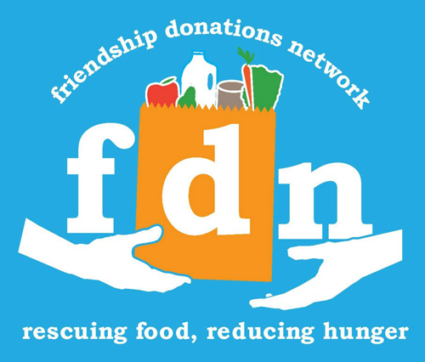Preventing Food Waste and Redistributing Surplus Edible Food
What would you do with an extra $1,800?
The average American household discards about a quarter of food purchases, which adds up over the course of the year. This is like dropping one in four bags of groceries in the parking lot and walking away without picking it up, every time you go shopping. By making simple shifts in the way you shop, store, and prep food you can reduce food waste in your home.
The benefits are many:
- Cost savings
- Lower environmental impacts associated with growing, harvesting, transporting, processing, and delivering food
- Greenhouse gas emission reductions
- Less waste
- Sharing surplus edible food with those in need
Smart Shopping
Buy only what you need:
- Create a shopping list
- Plan meals ahead of time to identify what items you have and what you need
- Check your fridge and cupboards before shopping to avoid buying duplicate products
- Include the quantity of what you need on your shopping lists
- Stick to your shopping list at the store; minimize making purchases on a whim
- When trying new recipes or foods, try purchasing smaller amounts to see if you like it
- Buy from bulk bins to purchase only what you need
Smart Storage
Keep your food fresh longer:
- Learn how to store fruits and vegetables so they last longer
- Freeze food that you know you will not eat before it goes bad
- Transform edible food that maybe past its prime – make soup, smoothies, pies, or sauces
- Learn the best places to store items in your refrigerator to optimize freshness
- Keep food in clear containers so that items don’t get lost in the fridge
- Store bananas, apples, and tomatoes separately
- Wash berries just before eating to prevent mold
Smart Prep
Prepare perishable foods for optimal use:
- After shopping, prep snacks, like carrot sticks, immediately to make portioning out and consuming over the course of the week easier
- Freeze excess fresh foods like bread, meat, or sliced fruit that you will not consume before going bad
- Prep and freeze meals ahead to save time in the kitchen
- Turn leftovers into a new meal
- Understand date labels and the difference between “sell-by,” “use-by,” “best-by,” and expiration dates
Additional strategies and tips for smart shopping, prep, and food storage can be found here.
Friendship Donations Network (FDN)

Friendship Donations Network rescues fresh, nutritious food that would otherwise be thrown away from stores and farms and redistributes it to neighbors in need. They provide food donations to hunger relief programs that serve more than 2,000 people a week and divert over 1,000 lbs. of good food from local landfill every day. A model of efficiency, they are almost entirely volunteer-run.
Partnership with NYSP2I
The Tompkins County Department of Recycling and Materials Management received a grant from New York State Pollution Prevention Institute (NYSP2I) in support of the Save the Food project.
 Funding provided by the NYS Pollution Prevention Institute through a grant from the NYS Department of Environmental Conservation
Funding provided by the NYS Pollution Prevention Institute through a grant from the NYS Department of Environmental Conservation
Any opinions, findings, conclusions or recommendations expressed are those of the author(s) and do not necessarily reflect the views of the Department of Environmental Conservation